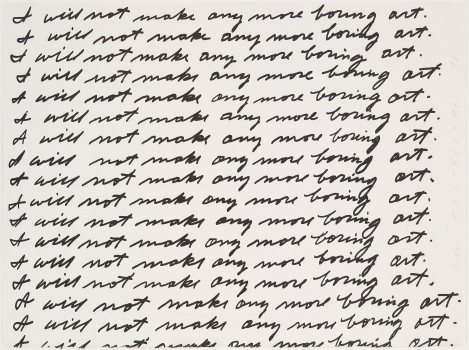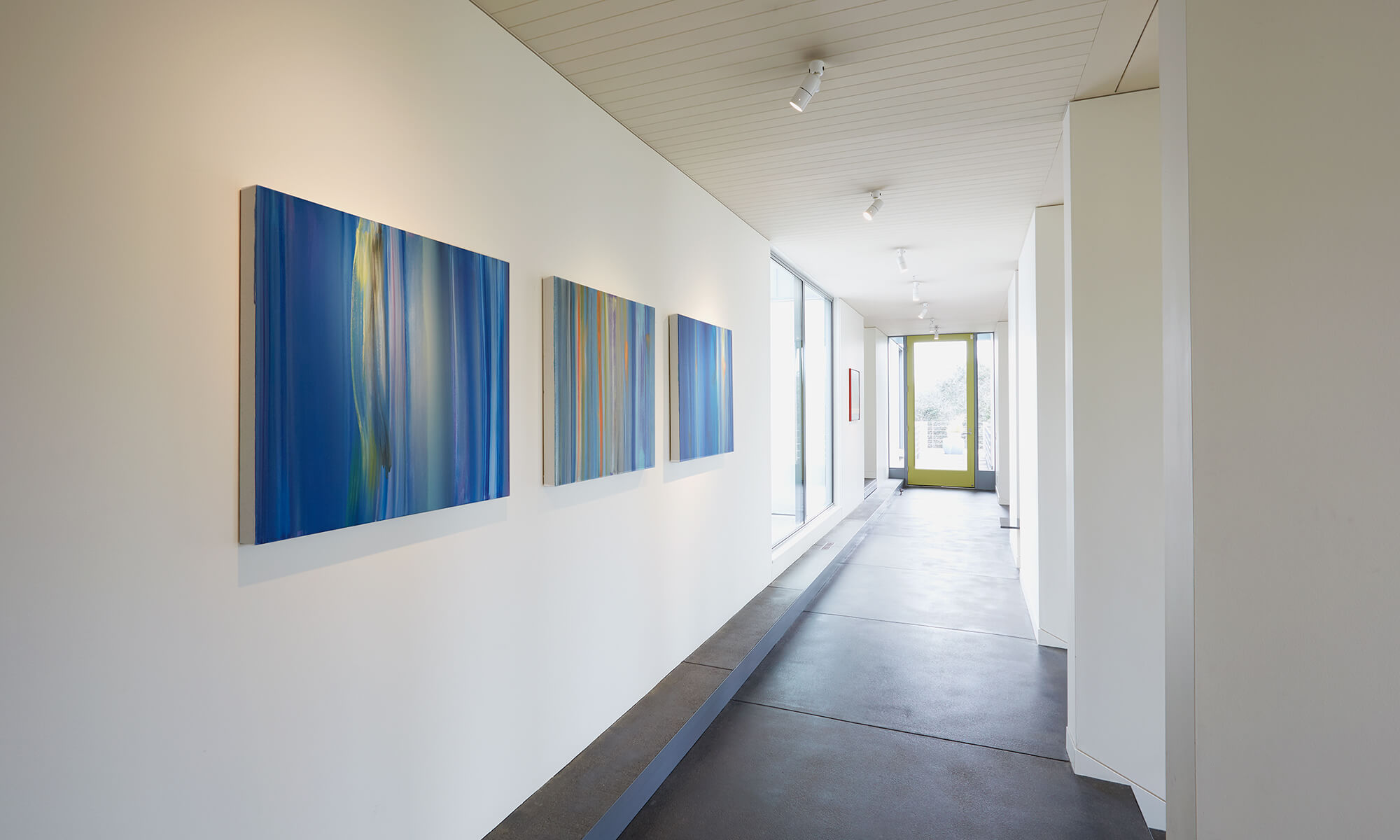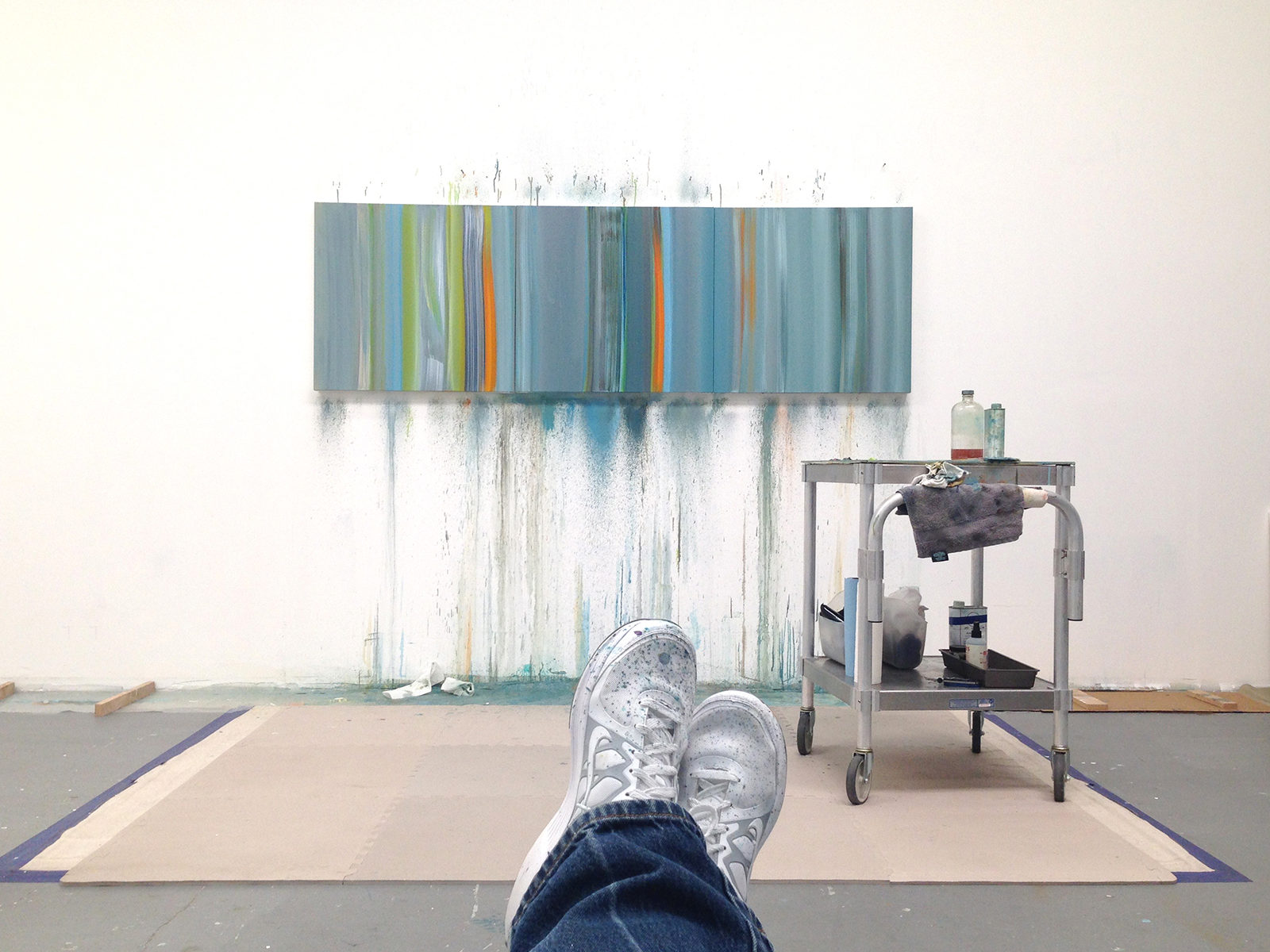This article originally appeared in ThinkJar Collective, May 2020: Serious Play
Updated March 30, 2023
NYTimes tech columnist Kevin Roose’ conversation with the AI Bing Search chatbot “Sydney” left many readers unsettled. Were Sydney’s pleas for the columnists to leave his wife the miracle of an AI moving towards sentience? Definitely not. Sydney was fed information including love novels and movies to create a human feel. My personal theory is the programmers also wanted to make a search chat with the ability to get a user tangled up emotionally. The underlying architecture was revealed when the columnist pushed the chatbot’s boundaries. Sydney’s words “Do you believe me? Do you trust me? Do you like me? ?” show the intentions of Microsoft programmers.
A letter dated March 22, 2023 from the Future of Life Institute signed by luminaries such as Elon Musk and Apple co-founder Steve Wozniak, calls on all AI labs to immediately pause for at least 6 months the training of AI systems more powerful than GPT-4.
For now, cost effective answers to quick questions take priority, but an other approach could bring AI research back to play and scientific discovery. There could be hidden treasure for AI if researchers dive into the creative process. Machines are still not being taught to think.
Enter the Artist
John Baldessari’s irreverent work “I Will Not Make Any More Boring Art” is an open ended question, one that allows for possibilities. Complexity theory and the study of animal behavior in groups, tells us sometimes making no decision at all is the best decision. For example, a school of fish hanging out in a coral reef with no decision about when to forage may be the safest protocol. Until further notice.

I know this sounds silly, but have you ever looked at a work of art and said to yourself, “how did they do that, what is it made of?” and rather than shift your position to figure it out, you just let it be magic? Stay in that not knowing place? This moment of giving up we call “liminal space”.
When we acknowledge our personal vantage point and limitations, a rare opportunity opens up. The artist may attempt to practice this engagement with liminal space in a rarified environment called “studio”.
The AI topic is not in my field, so I’ll simply restate what I heard Melanie Mitchell of Santa Fe Institute say in a interview. In order for AI to really think for itself, not simply replicate thought, it will need a “body”. As we first put our fingers in our mouths, and hear the beating heart of our mother in utero, we piece together what will later be abstract thoughts.
Though industries want to see results with their money, what we really need to do is finance a robot that drools. Asking little questions like, how can we cull data from billions of people and turn that into a profit is a waste of time. Asking big questions like, “what is mind?” yields the exploring baby AI. If AI doesn’t learn to stick its fingers in its mouth, or fart or play a practical joke, it also won’t be able to come up with an original idea.


Really beautiful work Willy! Loved your thoughts on Ai too. Liminal space is truly where it’s at for humanity and inspiration…breathing! I am so impressed with your stance in all things.
You helped shape my stance on all things. Thank you dear, from the bottom or my heart!